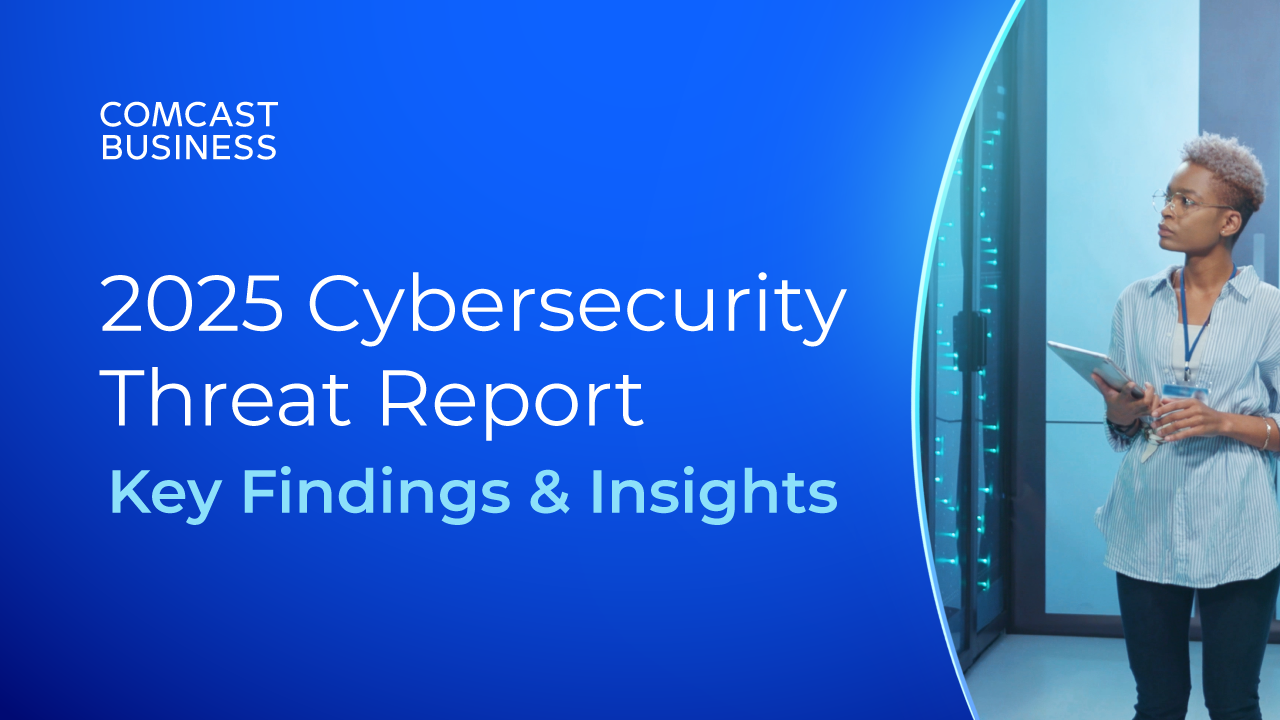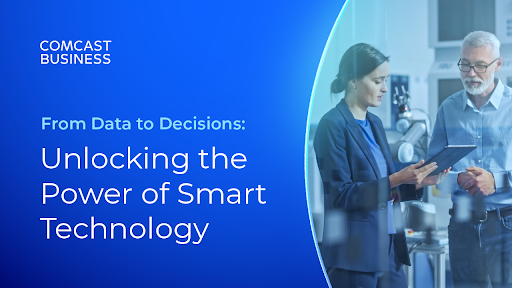Food 2.0: Artificial Intelligence and Data Science Pair Well in the Kitchen

Could computers become better farmers and chefs than humans?
Absolutely, says Caleb Harper, director of the Open Agriculture Initiative at the MIT Media Lab. His team is using artificial intelligence to grow basil and other produce in enclosed climate-controlled environments, and, thanks to hundreds of sensors, crunching data to come up with "recipes" for growing the tastiest, most nutritious crops on the planet.
Harper is not alone in using AI to revolutionize the future of food. Scientists, chefs, agronomists and techies are collecting vast catalogs of data around everything from food flavors and aromas to growing climates and plant biochemistry and creating algorithms for tastier, healthier, safer and more sustainable food.
Forget the Salt, Just Add AI
While chefs look at recipes for ingredients, artificial intelligence looks at the chemical composition of an ingredient to suggest combinations—creating new recipes based on the ingredient.
Food pairing, for example, uses algorithms to help professional chefs come up with unexpected ingredient matches based on what foods and drinks go well together. Meanwhile, Ireland-based Nutritas uses artificial intelligence and DNA sequencing to identify and extract molecules within food that could become natural health-benefiting ingredients.
Artificial intelligence is a great fit for food and agriculture, says Melissa Tilney, cofounder of AgFunder.com, which tracks the AgTech market, because "there's a lot of decision-making that happens in food." Such algorithms and predictive technologies can help farmers decide what to plant, where and how to grow it, and can help chefs and food companies come up with innovative new food combinations.
The Farm Goes Digital
In the hype around AgTech, which drew a record $4.6 billion from investors last year, artificial intelligence has remained low-key when it comes to farming. It's expensive to develop, and making it work in agriculture can be tricky because Mother Nature can throw a wrench into even the best algorithms, Tilney says.
That's where Harper's initiative comes into play. To boost sustainable local food production, MIT's Open Ag Lab is focusing on indoor operations where computers can control the climate and grow conditions. So far, 150 indoor growers in 20 countries have set up similar indoor grow facilities that contribute sensor data about their crops. Each plant has 30 sensors that measure everything from carbon dioxide, temperature, humidity, light and water to the health of the plant tissue, such as its nutrition, phosphorus levels, flavors, smells, sugars and even the carotenoids, or plant pigments.
Using software from AI firm Sentient Technologies, the lab can take that data and make correlations to come up with “plant recipes"—or the conditions in which to grow food with the best smell, taste, look and nutrition. Some of that is measured from the biochemical makeup of the plant and the rest is subjective—based on feedback from the farmers' own taste buds.
The software is still learning, but eventually it might learn which crops grow best in which climates using fewer pesticides, less energy and less water. It may also mean tastier veggies. Harper notes that AI-grown basil, for instance, has a more pungent aroma, more oil and thicker leaves than traditional plants.
The hope, Harper says, is to pave the way for more efficient indoor farms that can deliver local foods and grow the next generation of farmers. Just as experienced farmers can eye a plant and know intuitively what it needs, that same ability in the future may come from AI. “We're trying to take that farmer's eye," he says, "and make it digital, upgradable and distributed."
This story was produced by the WIRED Brand Lab for Comcast B2B.
AI is revolutionizing the way we produce and consume food. Data and algorithms are creating a new menu for the future.
Locked Content
Click on the button below to get access
Unlock NowOr sign in to access all content on Comcast Business Community
Tags
Resource Center
Learn how Comcast Business can help
keep you ready for what's next.










